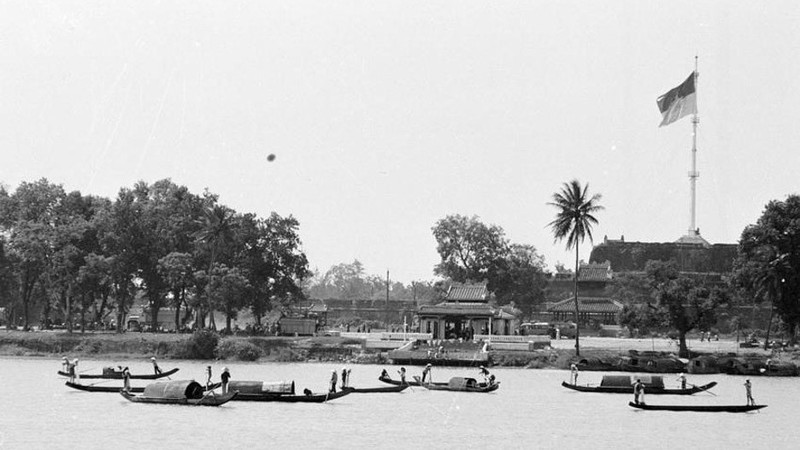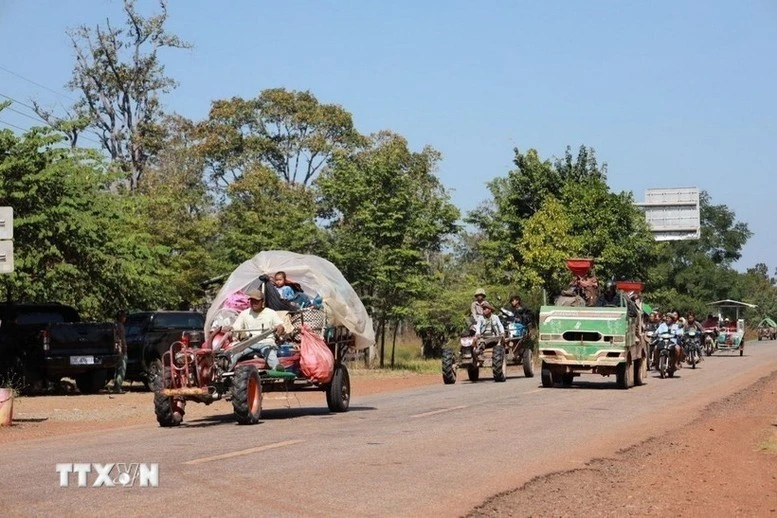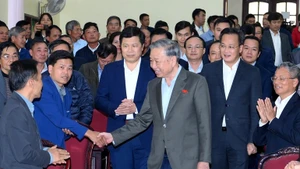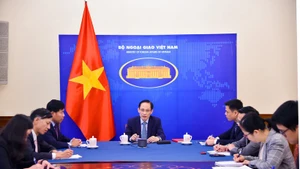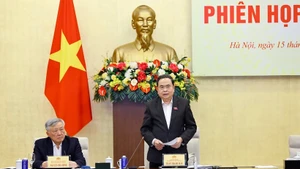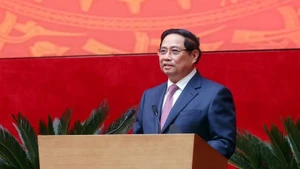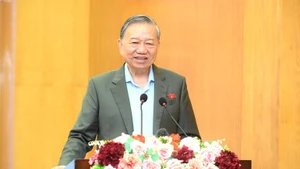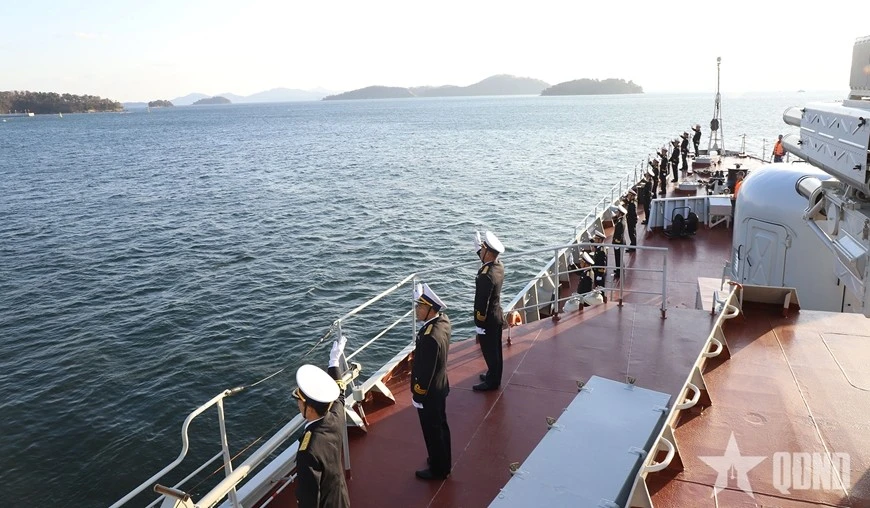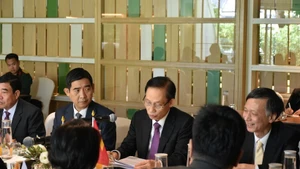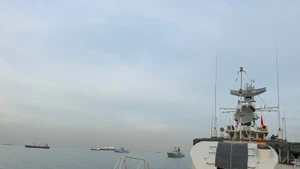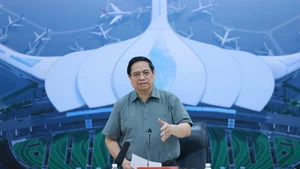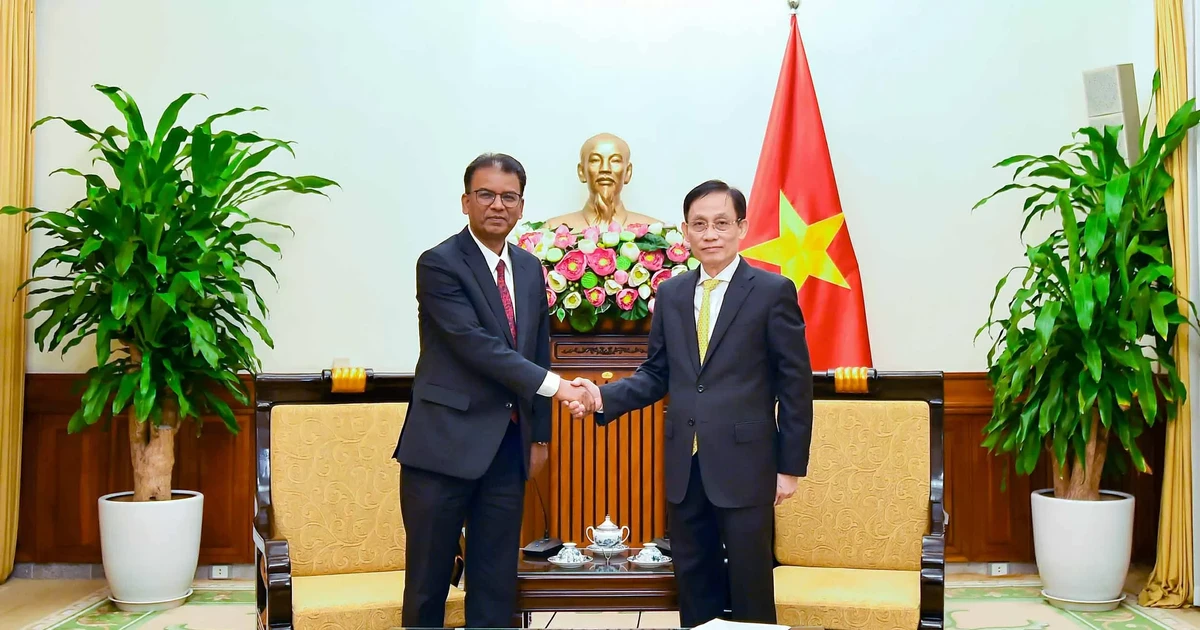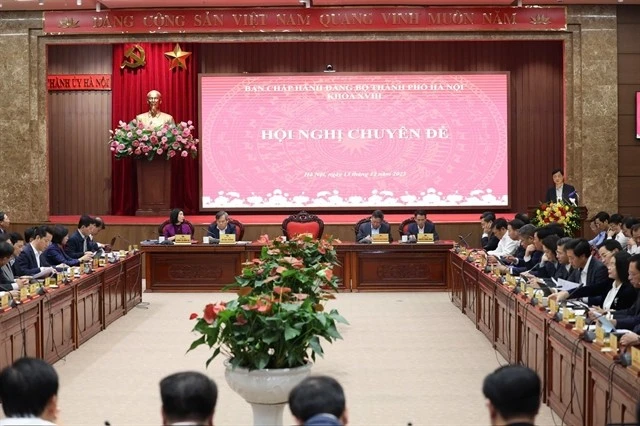With the aim of continuing to build mobile main force corps and create “decisive fists”, General Vo Nguyen Giap signed a decision establishing the Tay Nguyen Corps, with the public designation B.3, directly under the Ministry of Defence, with Vu Lang as commander and Dang Vu Hiep as political commissar.
By March 26, in the Thua Thien-Hue region, through two phases of attack and uprising, the liberation army had destroyed or captured the entire enemy forces, including: 1st Infantry Division, 147th Marine Brigade, 2 Special Forces brigades, 1 armoured cavalry brigade, 3 armoured regiments, 8 artillery battalions, 15 battalions and 21 security companies, 319 Civil Guard platoons, 7,000 police officers, the entire puppet government system, and over 36,000 civil defence personnel, capturing all of their weapons and war materiel.
On the same day, the Central Military Commission sent a telegram praising the Tri-Thien Military Region and 2nd Corps: “The capture and liberation of Hue City and Thua Thien Province is a victory of immense strategic and political significance. This achievement has filled the entire nation’s people with excitement and has significantly weakened the enemy.”
At the 2nd Corps forward command post, the command and chief of staff discussed plans to use the 18th Regiment of the 325th Division to continue advancing southward according to the plan, and decided to deploy the 9th Regiment of the 304th Division southward along Route 14.
On the morning of March 26, the Corps Command made the decisive plan to use the 18th Regiment to continue advancing and capture Hai Van Pass, preparing a springboard to participate in the liberation of Da Nang when ordered.
To address logistical challenges, on the same day, the Corps Logistics Department quickly organised forces to recover and manage enemy logistical bases in Phu Bai and Hamlet 5, distributing them to units.
On the 2nd Corps’ Route 1 direction, the 18th Regiment of the 325th Division’s battle to open the way to Da Nang began even before the Thua Thien-Hue liberation mission was complete. By March 26, the unit had liberated Nuoc Ngot and Thua Luu and destroyed the Tho Son strongpoint.
On Route 14, the 9th Regiment of the 304th Division, accompanied by a tank battalion, an engineering battalion, an anti-aircraft battalion, and an artillery battalion, had urgently marched from the night of March 26 to seize a springboard for attacking Da Nang from the north-west.
On the same day, the Tri-Thien Military Region Command and 2nd Corps Command received instructions from the General Staff clearly stating: “The basic mission in Thua Thien-Hue is to continue searching for prisoners... The forces of the Tri Thien Military Region, after fully eliminating the remaining enemy units, must quickly withdraw and prepare to redirect the attack to liberate Da Nang.”
For the battlefield in the Central Highlands, the 93rd Regiment and Hoai Nhon District forces liberated Tam Quan Town.
On the same day from Quang Nam, the 2nd Division, 572nd Artillery Regiment, 573rd Anti-Aircraft Regiment, and 574th Armoured Regiment moved to Thang Binh and Que Son and stood ready to advance on Da Nang.
On the Ho Chi Minh Trail, the 571st Motor Transport Division was ordered to concentrate 1,000 vehicles along with the motor transport forces of the Transport Department (Logistics General Department), mobilising the 1st Corps — the strategic reserve force of the Ministry — from Vinh Linh to Dong Xoai in preparation to participate in the Saigon liberation campaign.
